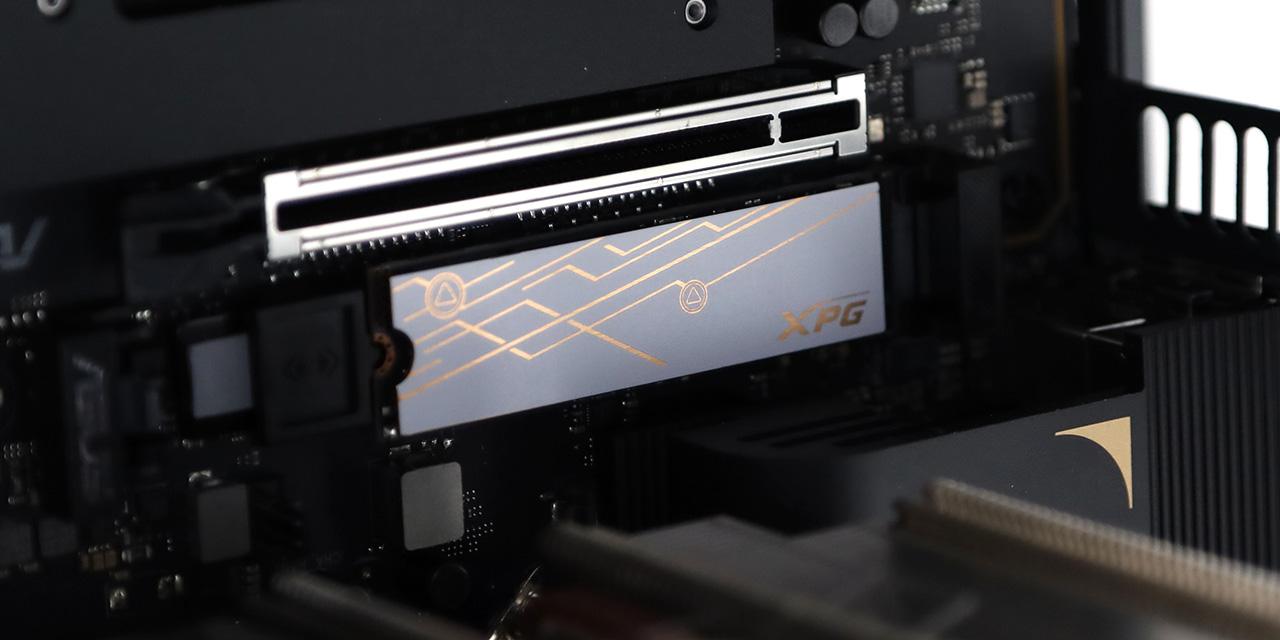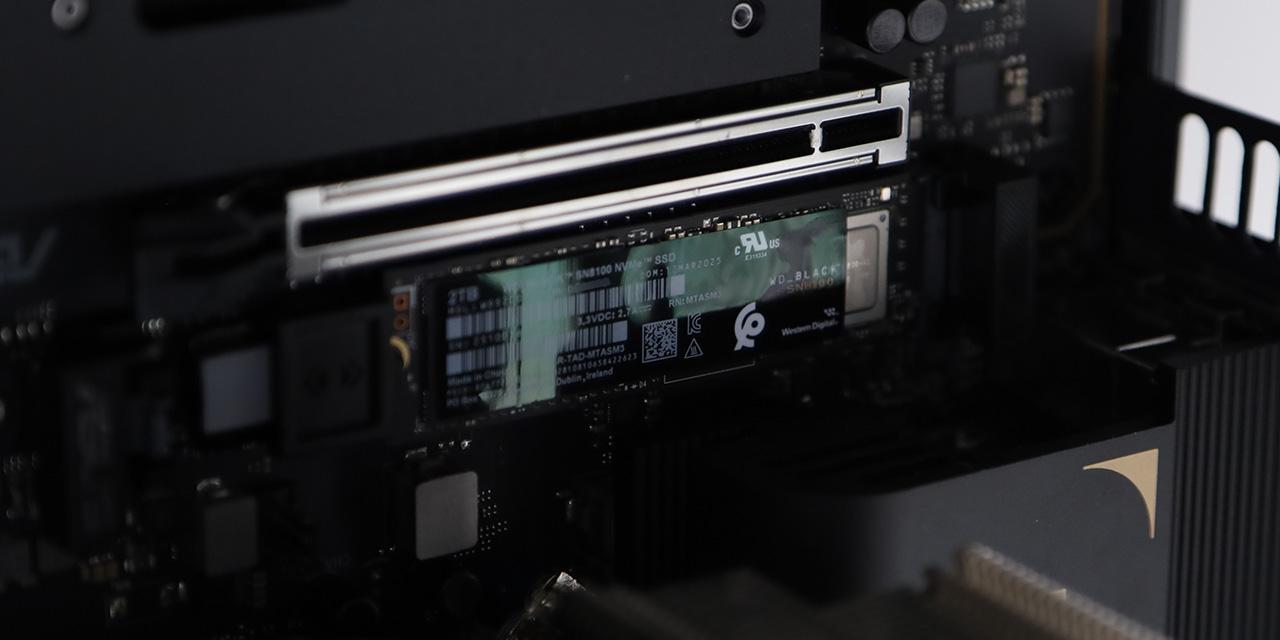Page 3 - Subjective Audio Analysis

As with all the audio products we review here at APH Networks, it takes quite a bit of experience and training of the ears before we can begin making a fair judgment. Even for the best of audiophiles, it can be hard to produce an exact and accurate evaluation of a product, without a thoroughly familiar product to use as simultaneous reference. While I will not claim to be the reviewer of all reviewers for headphones, I can say quite a few other computer review sites have editors lacking in training for reviewing anything audio related. Give them anything and all you will get is some vague description of “awesome bass, amazing midrange, nice treble, no muffles, 10/10”. Do not get me wrong though; there are knowledgeable audio reviewers out there on respected online media outlets, but they are far and few. There are no true objective measurements for headphone sound quality. As the reviewer, however, I will put the SteelSeries Siberia V3 Prism through a series of subjective tests to try to come up with the most objective rating as possible. The tests were conducted primarily with the Siberia V3 Prism plugged directly into the USB port of the test computer. The USB provides both power and audio transmission.
After over 50 hours of break-in time (Well above the typical required period), we put the SteelSeries Siberia V3 Prism to the tests. All tracks are uncompressed CDs, FLAC, or LAME encoded MP3s at 192kbps or higher. For gaming, I played Crysis 2 Maximum Edition, Sid Meier’s Civilization V, and GRID 2. Crysis 2 is an first-person shooter, and I find it to provide an accurate representation of a day to day game environment. Civilization V is just one of my favorite games to play. GRID 2 is a well known racing game so I decided to throw it into the mix as well. Finally, when SteelSeries sent us our review unit, they requested we compare the Siberia V3 Prism to similar gaming headsets, such as the Kingston HyperX Cloud, as part of their "Siberia Challenge". Thus, we have included some comparison results between our review unit and the HyperX Cloud.
While I would not define myself as a basshead, I do like the oomph you get from the lower end. It might also come from the bias with the instruments I play, like the electric bass and the trombone. Since they both reside in the lower end, I have grown to love the sounds they produce. With the SteelSeries Siberia V3 Prism, I would say the amount of bass is adequate. The low-end of this gaming headset is good with a rounded, and warm sound. The character and the amplitude of the bass is both balanced quite well, and I like what SteelSeries has done with this headset. I did notice a slight muffle in some of the mid to higher bass frequencies, however. While gaming the bass is evident in various games, whether it is the footsteps of the incoming enemies or the sound of a roaring engine coming from behind. In music listening, the bass guitar lines are once again present, and the bass drum thumps are punchy and deep.
As we move up the pyramid to the midrange, we get some decent sound out of the headset, but there are some problems to note too. Vocals and guitars are present, but seem to be covered by a blanket of fuzziness, and also cause a slightly dry output. This is more prominent in comparison to the bass' muffle, and it should be cleaned up. Pianos produce a mostly natural sound, but it lacks the full resonance I would want. The midrange seems to be a bit more boosted than the other two frequency ranges. Low midrange frequencies transition nicely from the bass, but tend to be a a bit too blended in certain areas. However, the biggest beef I have with this frequency range is the lack of clarity or crispness in the sound.
Onto the peak, the treble is a bit less prominent than the midrange, but I would not necessarily describe this as dark. It is definitely still audible, and comes through quite well. At the highest end of the frequency, there is some attenuation at the top, but this is expected. The higher end sounds like high-hat clashes, or violins are not clashy, but they do not sound tight enough. Again, I also noticed a similar fuzzy behavior as I noticed in the midrange, but it is not as present in the trebles. I would probably prefer a bit more from the treble in terms of amount, but the character of the treble is decent.
Putting all three layers together, each frequency range once again is detailed, but they are not as clearly defined as I would like. While this is good, as in there are not many gaps between frequencies, it almost seems as if everything is too close together. On the other hand, this makes the headset sound quite cohesive. In terms of an overall musical balance, I would say the SteelSeries Siberia V3 Prism are good, with a solid bass supporting the midrange and treble quite well. I would like to see a bit less midrange, and a bit more at the highest end, but I cannot complain too much. The characteristics of the headset is mostly flat, with a slight speedbump in the middle, and a small slope down near the end. As for cleanliness, it would be nice if the Siberia V3 Prism did not have as much of the muffling overall. This could be contributed to the internal digital-to-analog converter or the drivers of the headset, and both could be improved to get better clarity.
When it comes to soundstaging, the SteelSeries Siberia V3 Prism produces a pretty realistic image, but with a tiny caveat. There is direction and depth in this headset. My real issue is, once again, everything seems slightly too close. While it is not unexpected since this is a closed-back design headset, I would want just a bit more openness. On the other hand, the Siberia V3 Prism is still pretty good at creating a realistic audio image. This is aided by the overall musical balance that we get from the Siberia V3 Prism, which enhances the natural image. The low ends encompass you to feel like you are really at a live event, or in the game, while the mids and highs come through on top. As this is SteelSeries' third go in the Siberia line, I expect nothing less, and the Siberia V3 Prism is good in this department.
Sound isolation on the SteelSeries Siberia V3 Prism is average, as it seals off the ears on the side. However, due to the headband design, it does open up slightly at the bottom. This could be due to my larger head, but it should still be noted. This headset still is capable at passively removing some noise, but they do not create as nice of a seal as compared to the Kingston HyperX Cloud. As for sound leaking, the headset leaks a bit, due to the lack of a seal. Microphone performance was average, as this omnidirectional microphone picked up my voice quite clearly. SteelSeries' software can be used to enhance the microphone volume if needed. When I tried a few Skype sessions with my friend, she noted I sounded a bit ill. Unfortunately, I actually was sick at the time of testing, so I cannot really dock the Siberia V3 Prism for this. After I recovered from my sickness, further testing proves this microphone, while capable of picking up quite a bit of noise, is mediocre. Recorded sounds are fuzzy at best and lacks clarity. I still prefer a unidirectional microphone, to remove unwanted noise, but this is just my opinion.
In comparison with the Kingston HyperX Cloud, in terms of sound, the Siberia V3 Prism wins by a pretty good margin. Its balanced and pleasant output makes for a great listening and gaming experience overall. Its soundstaging capabilities are also better, with a wider audio image. It offers more depth and direction. However, where the HyperX Cloud wins is in wearing comfort. It is not like the SteelSeries Siberia V3 Prism is uncomfortable, especially with its less weighty body. But the Kingston HyperX Cloud is just so much more. Putting on the Cloud is like putting your head in a plushy pillow. The earcups and headband are really soft and the comfort levels are just above the Siberia V3 Prism. I also prefer the longer, braided cable the HyperX Cloud offers, due to its flexibility and greater range of motion.
Thus for actual usage, the SteelSeries Siberia V3 Prism is quite a good headset. Bass, midrange, and treble are balanced and present. The overall sound is quite pleasant and soundstaging and imaging are good. Clarity can be improved by fixing the DAC or the drivers, and soundstaging could still be made wider. However, Editor-in-Chief Jonathan Kwan was pleasantly surprised by the Siberia V3 Prism, and I think a call to Mr. Clean will make a great sounding headset even better.
Page Index
1. Introduction, Packaging, Specifications
2. Physical Look - Hardware
3. Subjective Audio Analysis
4. Conclusion





